OBJECTIVES OF SUSTAINABLE DEVELOPMENT
We present to you the indicators of the [O]bservatory from the perspective of the United Nations Sustainable Development Goals.
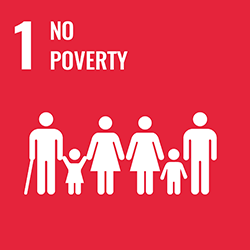
Objective 1: End of poverty
SDG 1 is monitored through a set of indicators on poverty levels, access to basic services and social protection, among others. It aims to promote shared prosperity, a basic standard of living and social protection measures for all people, including the poorest and most vulnerable.

Objective 2: Zero hunger
SDG 2 is monitored through a set of indicators on the level of malnutrition, the level of access to healthy and nutritious food. It also monitors the degree of implementation of sustainable agricultural practices, among others.

Objective 3: Health & Wellness
SDG 3 is monitored through a set of indicators that measure health and well-being for all people at all ages. Taking into account reproductive, maternal and child health, as well as the main communicable, non-communicable and mental diseases. It also seeks to measure the reduction of risk factors for health, both behavioral and environmental.

Objective 4: Quality education
SDG 4 is monitored through a set of indicators on access to equitable and quality education or on the level of skills for access to employment and entrepreneurship among the young and adult population, among others.

Objective 5: Gender equality
SDG 5 is monitored through a set of indicators on gender equality, on the various forms of discrimination and violence against women and girls or on access to sexual and reproductive health, among others.

Objective 6: Clean water and sanitation
SDG 6 is monitored through a set of indicators that measure universal access to drinking water, its price, sanitation and hygiene. It also measures water quality and the efficient use of water resources as well as the sustainable extraction and supply of fresh water.



Objective 9: Industry, innovation and infrastructures
SDG 9 is monitored through a set of indicators that measure resilient and sustainable infrastructure, which supports sustainable development and human well-being. It also measures inclusive and sustainable industrialization.

Objective 10: Reduction of inequalities
SDG 10 is monitored through a set of indicators on inequalities in the income levels of the population or on policies to reduce wage inequalities and social protection, among others.

Objective 11: Sustainable cities and communities
SDG 11 is monitored through a set of indicators that measure the state of cities and other human settlements: access to basic services, energy, housing, transportation, green public spaces, efficient use of resources and environmental impact.

Objective 12: Responsible consumption and production
SDG 12 is monitored through a set of indicators that measure various sustainability actions: the adoption of sustainable practices and sustainability reporting by companies; promoting sustainable procurement practices and rationalizing inefficient fossil fuel subsidies by policymakers; environmentally conscious consumer lifestyles; the development of new technologies and methods of production and consumption by researchers, scientists and others.

Objective 13: Climate action
SDG 13 is monitored through a set of indicators that measure commitment to the United Nations Framework Convention on Climate Change and putting the Green Climate Fund into operation. It also measures the resilience and adaptive capacity of countries to climate-related risks and natural disasters, integrating climate change mitigation and action into national strategies, policies and plans.

Objective 14: Submarine life
SDG 14 is monitored through a set of indicators that measure the preservation of the sea, ensuring its sustainable use. This includes the coastal ecosystem, conserving at least 10% of the coastal zones, as well as preventing and reducing marine pollution and the impacts of acidification.

Objective 15: Terrestrial life
SDG 15 is monitored through a set of indicators that measure the sustainable use of terrestrial, inland freshwater and mountain ecosystems. This includes efforts and financial resources to sustainably manage forests and halt deforestation, combat desertification, restore degraded land and soil, halt biodiversity loss, and protect threatened species.

Objective 16: Peace, justice and strong institutions
SDG 16 is monitored through a set of indicators on development cooperation, among others. It also measures transparent, effective, and accountable entities that promote non-discriminatory laws and policies, combat corruption, bribery, and organized crime, and prevent violence, terrorism, and crime.




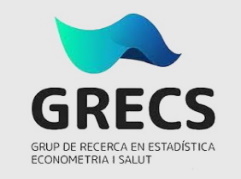
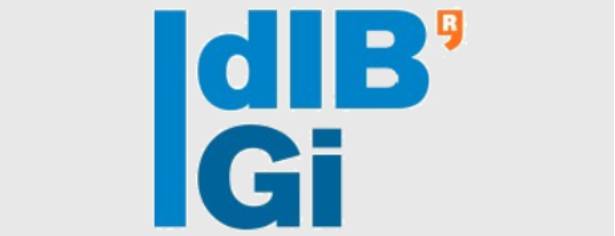
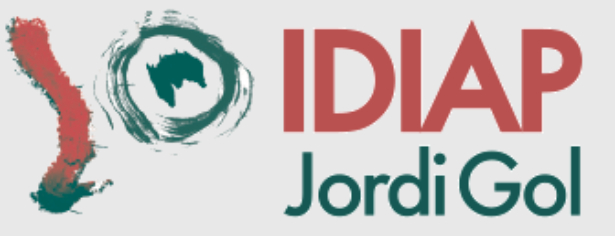



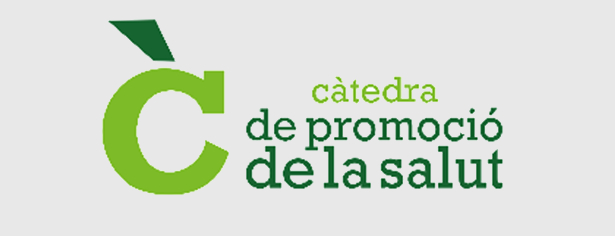
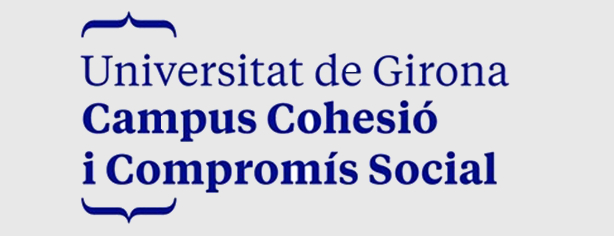
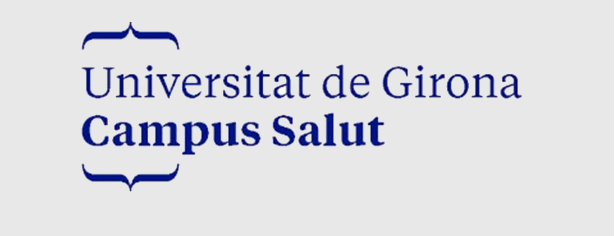

.png)
